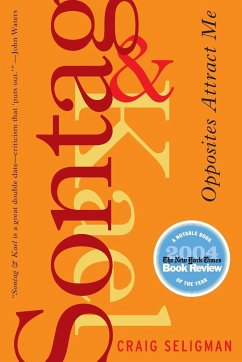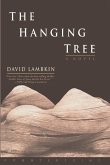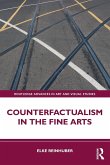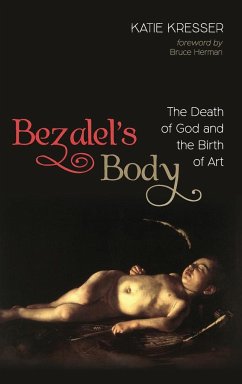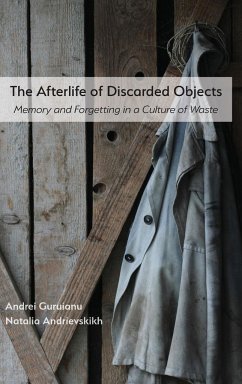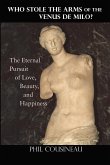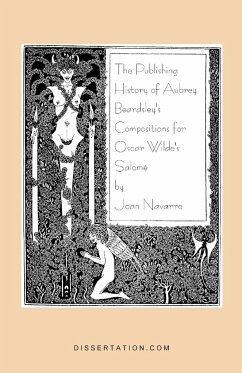In this witty, erudite, and stylish study of two of the twentieth century's most influential cultural critics, Craig Seligman penned the sleeper success of last year. Not a dry ponderous think piece, but a lively, highly readable examination of the work of both Susan Sontag and Pauline Kael, this walloping literary dust-up sizes up two writers who couldn't be more different in their style and approach. Though outwardly Sontag and Kael had things in common--they were both Westerners who came east, both schooled in philosophy, both secular Jews, and both single mothers--they were polar opposites in temperament. Seligman approaches both women through their widely discussed work. Kael practiced a kind of verbal jazz, exuberant, excessive, intimate, emotional, and funny. Sontag is formal and rather icy. Moral questions obsess Sontag; they interested Kael but didn't trouble her. Then there's the matter of self-revelation. Under Sontag's aloofness smolders an impulse toward autobiography so strong it can be called confessional. Kael seems to be terribly forthcoming, and yet she turns out, when you peer more closely, to be surprisingly guarded. Seligman considers both writers magnificent, and his exploration of their differences results in this luminously written landmark of criticism. In seeking to understand these two dissimilar icons, Seligman's performs an unusual and remarkable feat: he confronts criticism as an art in itself.
Bitte wählen Sie Ihr Anliegen aus.
Rechnungen
Retourenschein anfordern
Bestellstatus
Storno

